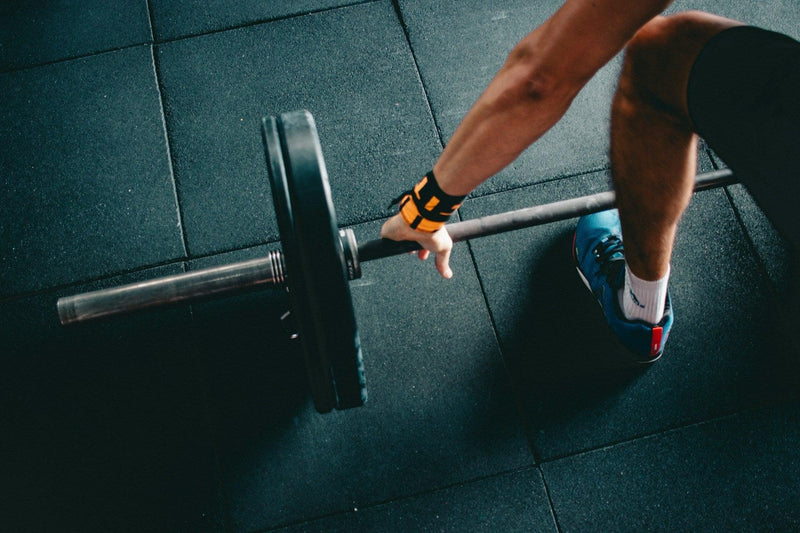Which Exercises Burn the Most Calories

Revealed: The Top 10 Exercises That Burn the Most Calories per Hour
In the digital age, we’re obsessed with efficiency and terrified of inefficiency, and we often carry that mentality outside of the workplace. An example? Spend some time on fitness-centric social media pages and you’ll notice that a ton of the questions people ask revolve around optimization.
“What’s the best number of sets and reps?” “How long is too long in the gym?” “How many grams of protein do I really need to eat after a workout?” The list goes on.
Is there really anything wrong with this? The answers to these questions may not be as clear-cut as the questioner would like, but there are certainly optimal and suboptimal ways to do anything, so it makes sense that efficiency in fitness is important. This gets us thinking…
If you could only designate a limited amount of time to work out, what exercise or workout should you do to burn the most calories in the shortest amount of time? In other words, what exercise maximizes calorie burn?
Best Exercises by Calorie Burn Countdown
First, let’s get something out of the way. As an individual, how many calories you burn during exercise will vary greatly not only based on your age, height, weight, gender, and bone structure but also based on how technically proficient you are at actually exercising.
What does this mean? Well, the more experienced you are at running, rowing, cycling, etc., the fewer calories your body will burn during your workout. This is because well-trained, experienced athletes train much more efficiently than inexperienced athletes. In other words? If you have to doggy paddle 100 meters in a pool, you will definitely burn a lot more calories than Michael Phelps does over the same distance.
Second caveat: For all of the following data, we rely on research conducted by the American Council on Exercise. They standardized the results for athletes to four weight classes: 120, 140, 160, and 180 pounds, so if you happen to weigh less than 120 or more than 180 calories, you will have to adjust your assumptions for the simple reason that it takes more calories to move a heavier person, and less calories to move a lighter person.
The following numbers are based on 180-pound athletes, but since the average North American male now weighs over 195 pounds, these numbers are likely underestimates.
10. Aerobic Dance (666 Calories per Hour)
Most commercial gyms now offer aerobic dance classes, and for good reason: they're a lot of fun and a great way to burn calories. If the idea of catching up with your favorite music in a group of like-minded people appeals to you more than working out on a treadmill or stationary bike, know that you're not wasting your time.
9. Swimming (696 Calories per Hour)
Swimming is an amazing exercise not only because it burns a ton of calories, but it's also virtually stress-free for your joints. If you're older, struggling with an injury, or just looking to protect your knees and ankles in the long term, consider swimming as your go-to calorie-burning exercise.
8. Rowing (700 Calories per Hour)
Rowing, either on the water or on a rowing machine, requires more skill than most of the other exercises on this list, but it's worth learning the technique because it allows you to burn a ton of calories in a short period of time without any impact on your joints. As an added bonus, it's also a great way to build a stronger, thicker back.
7. Stationary Bike (710 Calories per Hour)
A stationary bike is a great choice for aerobic exercise, not only because it burns a lot of calories, but also because it's easy to find quality exercise bikes for your home gym, allowing you to train on your own schedule, rain or shine, day or night. And, again, it burns calories without damaging your joints.
6. Circuit Training (720 Calories per Hour)
A great way to increase your calorie burn during your workout is to turn your weight training sessions into a circuit training routine, superseding each exercise. If you minimize or eliminate rest periods between sets, you'll find that your heart rate quickly rises, and so will your total calorie burn.
5. Calisthenics (735 Calories per Hour)
Also known as bodyweight exercises, calisthenics uses your body as resistance, requires you to move in multiple planes of motion, and often transitions seamlessly between moves. For beginners, we recommend finding a class or a good trainer, or at least watching an instructional video on YouTube, as there will be technical hurdles at first.
4. Skipping Rope (750 Calories per Hour)
Jumping rope requires very little space and inexpensive equipment, and it’s a pretty good calorie burner. It can be a little challenging to learn, and it’s tough on your joints, but if you can find a soft surface and the right rhythm, you’ll be burning a ton of calories in no time.
3. Cycling (820 Calories per Hour)
Not only is a bicycle a perfect zero-emission mode of transportation, it’s also a great piece of fitness equipment that allows you to burn a ton of calories in a short period of time. Best of all, since it also gets you from point A to point B faster, you can incorporate it into your daily routine. Take a bike to work in the morning instead of driving or taking public transportation, and suddenly your commute has become a calorie-burning workout.
2. Water Polo (840 Calories per Hour)
Treading water is exhausting enough, but if you have to toss a ball in a pool while treading water, you better believe you’re going to get a serious calorie burn out of the experience. Water polo is a particularly good option for those who find traditional aerobics boring, as the competitive nature of the sport, as well as its collaborative nature, can make you forget you’re getting in a tough workout.
1. Running (1020 calories per hour)
Have you ever doubted this? Running is a classic aerobic exercise that works muscles throughout the body, starting in the legs and then extending to the torso and arms. It's also a very scalable exercise: you can run faster or longer and adjust each week to continue to improve.





























